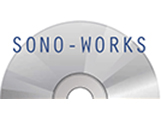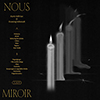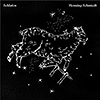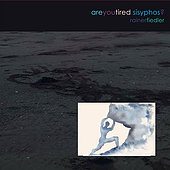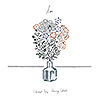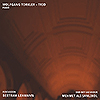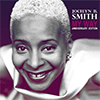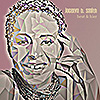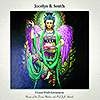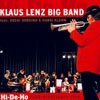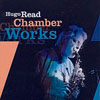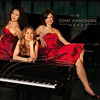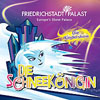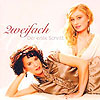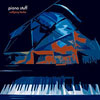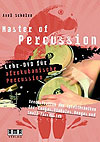MASTERING STRATEGIES
For the mastering treatment I prefer as useful a sample rate of 88.2 or 96 kHz, depending on the target medium (see below), and as the bit depth 32 Bit float. Therefore the sample rate of the source medium should be either the same or the half (44.1 or 48 kHz), but with a bit depth of at least 24 bit. In some cases I have to (re)master a source material in cd audio format (44.1 kHz / 16 bit) because no better format is available. In those cases I have the following options:
- The simplest option is to up-sample the source to 88.2 or 96 kHz. The 32 bit float format automatically will be used for the further treatment. The sample rate for treatment depends on the desired final medium and its format/samplerate – e.g. 44.1 for cd production or 48 kHz for soundtracks on dvd or other video media. The treatment thus will be done in the double sample rate (88.2 respectively 96 kHz). This strategy delivers the best result in down-sampling to the target audio format.
- The more advanced approach would be to stream the source at first through an analog chain – in detail: An UA 2192 works as DAC and the analog audio will be streamed over (two) Focusrite ISA 430 (without filtering or compressing back to the UA 2192 - now as ADC back into the digital domain, where this audio stream will be re-recorded with a higher samplerate and with the 32 bit float bit depth. The choice of this samplerate depends on the desired final medium for the production (see 1.).
The advantage of 88.2 kHz in case of a planned cd album (or single) is the better audio quality if the same tracks should be used for a VINYL MASTERING – or maybe vice versa – if the vinlyl production is planned primary, and the cd would be the additional option.
In any case the advantage of 88.2 kHz for the treatment on the digital domain will be the ratio of 2:1 at the down-sampling to the cd audio format with 44.1 kHz. Keep in mind that the video soundtracks not necessarily must have 48 kHz sample rate - also not on dvd. Only if the source would be the sound track of a video which was recorded with 48 kHz, the better sample rate for mastering works would be 96 kHz and therefore the down-sampling to 48 kHz (2:1) for the final video media. Another exception would be an audio dvd with 96 kHz sample rate as target medium.
In terms of recordings and other audio processings ...
For the above described reasons all our recordings and audio processings will be done with 88.2 kHz sample rate (and the bit depth of 32 bit float), as far as not 48 or 96 kHz are intended for the final mediums previously. 88.2 kHz will provide a acceptable audio quality - also if a final down-sampling to 48 would be needed. Of course a high-end sample rate conversion will be used in those cases.
The analog chain
The streaming through the analog chain without filtering or compression or other sound processing and the re-recording with high sample rates and 32 bit float maybe an interesting option for any digital audio material. It changes the sound in a subtle manner through adding tiny analog distortion and noise. It colors the sound a little bit in a maybe desired direction. This also could be (maybe additionally) the final treatment in mastering – in this case maybe with the use of analog filtering and/or compression.
For those purposes or for analog recordings I like to use the Universal Audio AD/DA converter UA 2192 because these devices are provided with excellent analog components and therefore have a enjoyable warm colored sound in my ears.


